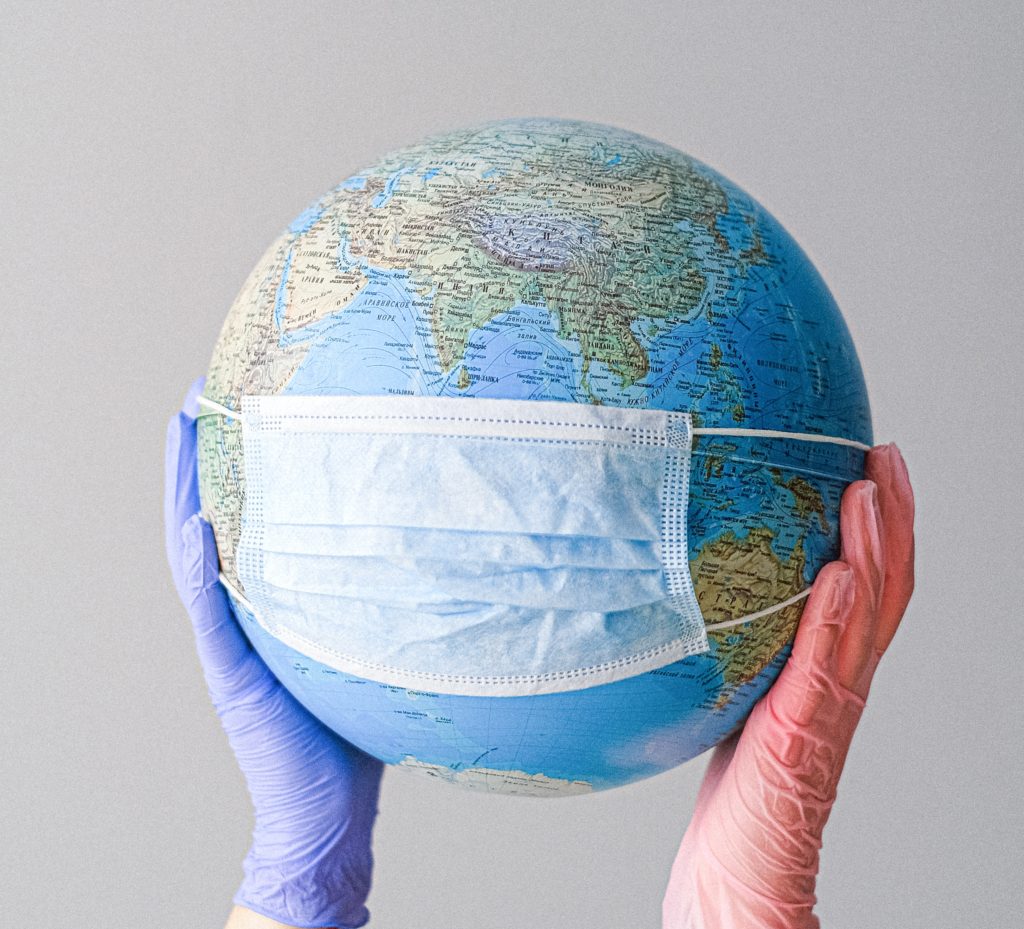An investigation into the origins of the COVID-19 pandemic, lead by the World Health Organization (WHO), has found that it is “extremely unlikely” that the coronavirus leaked from a lab in the Chinese city of Wuhan.
A team of over a dozen researchers visited Wuhan and all the places critical in the early days of the pandemic. They also talked to first-known COVID patients and the doctors that treated them, and met with coronavirus researchers.
The head of a team of experts released the first details from their fact-finding mission on Tuesday [February 9], explaining that it is more likely that the virus was spread from an animal to an intermediate host, like a pangolin or mink, and then to humans and was not artificially created in a lab.
“Our initial findings suggest that the introduction through an intermediary host species is the most likely pathway and one that will require more studies and more specific targeted research,” said WHO’s Dr Peter Ben Embarek during a press conference on Tuesday.
Dr Liang Wannian, the head of the Covid-19 panel at China’s National Health Commission and the Chinese lead on the international team of experts, added that early data suggests the virus may have been circulating weeks before it was first identified in Wuhan.
“This indicates the possibility of the missed reported circulation in other regions,” Liang said, although he added that there is no evidence suggesting the virus was spreading in Wuhan before December 2019 when the first cases were reported in the city.
Experts believe the virus may have originated in bats, although the reservoir host remains to be confirmed, said Wannian.
As a result, the theory that the virus was accidentally created in a lab and introduced to the human population does not warrant future study.

